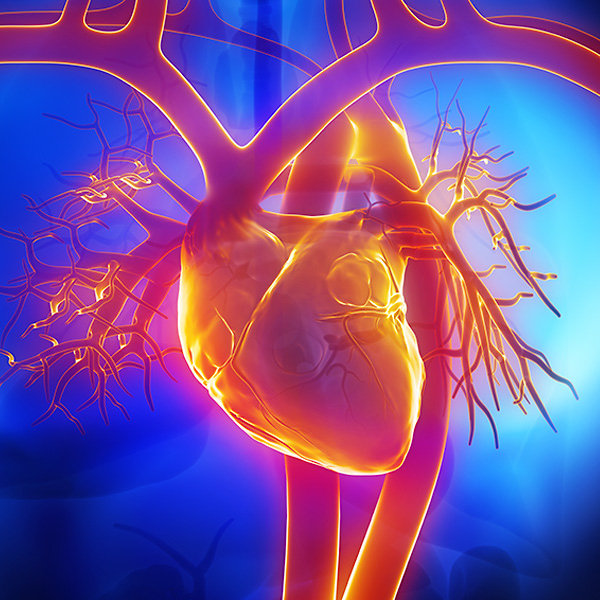Bradycardia
Overview and Facts about Bradycardia
Bradycardia is a heart condition in which the heart beats abnormally slow. In normal adults at rest, the heart usually beats between 60 and 100 times per minute. Adults with bradycardia have a heart rate of less than 60 beats per minute.
Bradycardia can be normal in athletes or other physically active people because regular exercise improves the heart’s ability to pump blood efficiently. However, in other people, bradycardia can be a form of cardiac arrhythmia, a heart rate abnormality.
Signs and Symptoms of Bradycardia
If you have bradycardia, your brain and other organs in your body probably do not get sufficient oxygen. Signs and symptoms of this heart condition can include:
- Fainting or near fainting
- Lightheadedness or dizziness
- Fatigue
- Feeling short of breath
- Pain in the chest
- Memory problems or confusion
- Feeling tired easily during physical activity and exercise
Causes and Risk Factors of Bradycardia
There is a whole range of conditions that could cause bradycardia. These causes and risk factors include:
- Aging, which can damage heart tissue
- Heart disease or heart attacks, which can cause damage to heart tissue
- Myocarditis, an infection of the heart tissue
- A heart defect that is present from birth (congenital)
- Complications associated with heart surgery
- Underactive thyroid gland
- An imbalance of certain chemicals in the blood, including calcium or potassium
- Obstructive sleep apnea
- Lifestyle factors, such as smoking, heavy alcohol use and high levels of stress
- Certain medications, including treatments for other heart rhythm disorders, psychosis or high blood pressure
Tests and Diagnosis of Bradycardia
To diagnose bradycardia, your doctor will first discuss your symptoms as well as your medical and family history with you. A physical examination and tests will follow. The tests will be used the measure your heart rate and identify conditions that could cause the heart condition.
Common tests include:
- Electrocardiogram (ECG or EKG) — Small sensors called electrodes are attached to the chest and arms, and they record electrical signals as they travel to the heart. Portable devices called Holter monitors or event monitors may be used at home in case the bradycardia does not occur during an EKG test.
- Blood tests — Blood tests can be used to determine whether any other conditions contribute to your bradycardia; they might include infection, electrolyte imbalance or hypothyroidism.
Treatment and Care for Bradycardia
The right treatment for bradycardia depends on the type of electrical conduction issue as well as the severity of symptoms.
A pacemaker can treat bradycardia by helping to maintain an appropriate heart rate. A pacemaker is a battery-operated device about the size of a cell phone that is implanted under the collarbone. Wires from the device thread through the veins and into your heart.
If other conditions contribute to bradycardia, then a change in medications may be enough to stop it. If symptoms are not severe, treatment might not be necessary.

Request an Appointment
Loyola Medicine heart and vascular specialists have the experience and technology to treat the most difficult cardiac and vascular conditions. Schedule an appointment today.
Schedule a Telehealth Appointment
